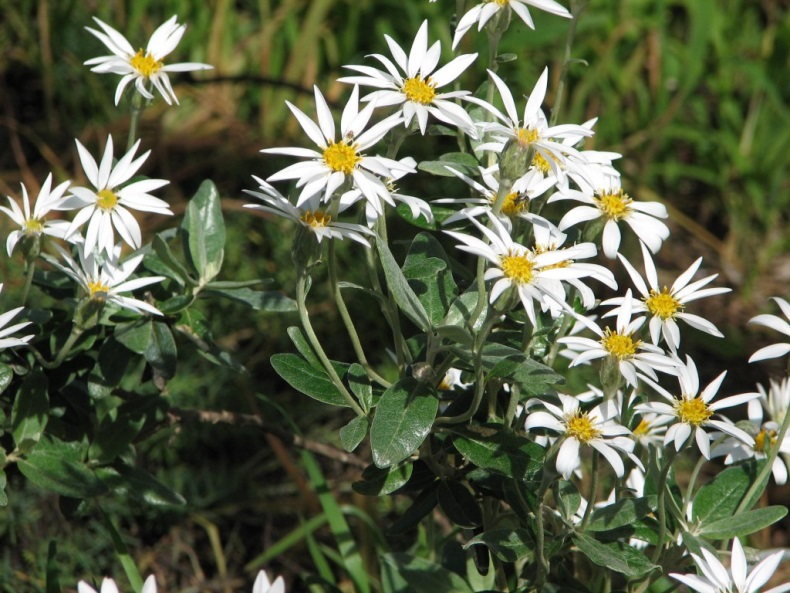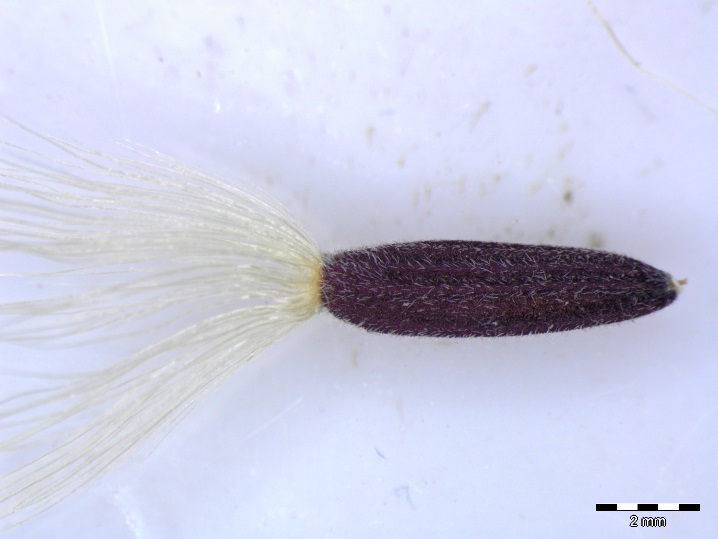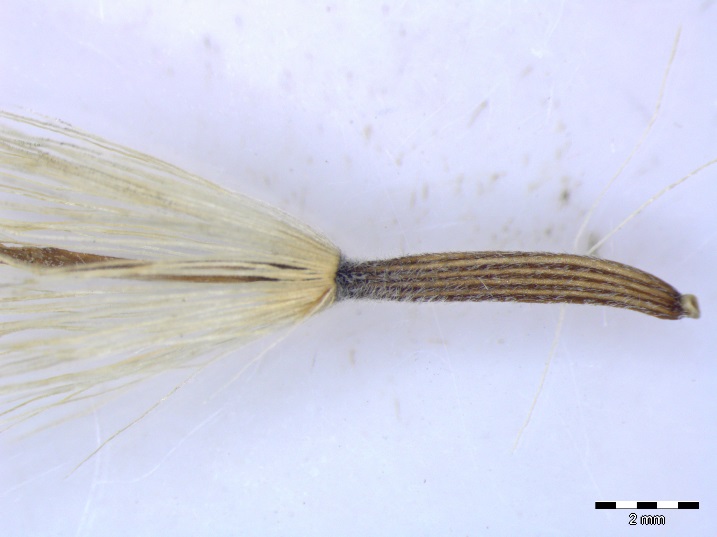Introducing....Olearia pannosa Silver Daisy Bush
Investigator College has been selected to become custodians of the Olearia pannosa Silver Daisy Bush helping to maintain a viable living source of the seed. We aim to study this plant and educate the community about the importance of protecting the Silver Daisy Bush as well as other locally threatened plant species. Students will grow the plants from seed provided by the Adelaide Botanic Gardens and plant them within the school grounds as part of a Butterfly Garden. Over time students will be able to study the Silver Daisy Bush and collect data about the types of insect species which come to visit it. The aim in the future is for seed to be collected, propagated and planted out in other locations ultimately increasing the number of these plants on the Fleurieu Peninsula.

Plant Description
Olearia pannosa Silver Daisy Bush is a perennial shrub growing to a height of 1.5m. It flowers mostly between August and October. Flower heads are white or rarely pale mauve, with a yellow centre. The leaves are an oval shape, twice as long as they are wide. The upper leaf surface is shiny and bumpy and the lower leaf is covered in short hairs.
Seed Viability and Propagation Information
The seeds for our project were collected from near Goolwa Airport not far from our school. This daisy is very rare and many of the small roadside populations remaining are known from the Strathalbyn and Goolwa district. It often occurs in remnants of peppermint box woodland which is considered endangered.
The seeds (achenes) of this daisy are about 6-7mm long and viable seeds often have a purple-red colouring. The viable seeds appear plump when you roll them between your thumb and finger whilst non-viable seeds feel flat and empty. You may see white bristles at the base of the seed which are known as pappus. It can be difficult to collect viable seeds as caterpillars often eat the seeds on the plant as they are ripening.
The seeds of the Silver Daisy germinate reasonably readily without any pre-treatment. The seeds can be sown into seedling trays filled with seed raising mix or directly into tube-stock filled with a quality native mix. If sowing in tube-stock it may be worthwhile sowing two seeds per tube to improve success. Seeds should only be sown about 0.5cm to a 1cm deep, covered and pressed in firm. The seeds will begin to germinate in two to three weeks but may take longer during cooler weather.
Viable Seed

Non-viable seed

